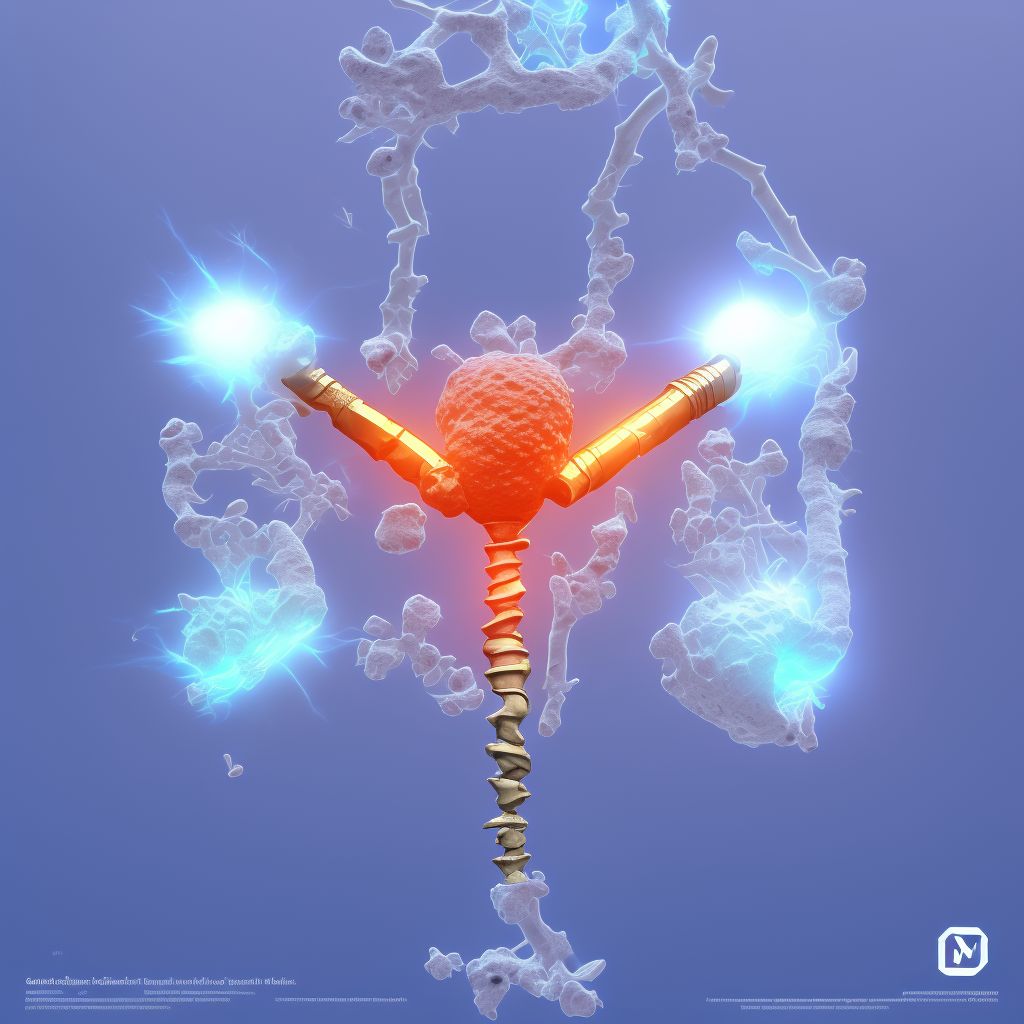
Nondisplaced oblique fracture of shaft of unspecified tibia, subsequent encounter for closed fracture with delayed healing Save
ICD-10 code: S82.236G
Disease category: S82.236: Nondisplaced oblique fracture of shaft of unspecified tibia
Nondisplaced Oblique Fracture of Shaft of Unspecified Tibia: Understanding the Subsequent Encounter for Closed Fracture with Delayed Healing
When it comes to bone fractures, the tibia is one of the most commonly affected bones in the body. Among the various types of tibial fractures, a nondisplaced oblique fracture of the shaft of the unspecified tibia is a distinct condition that requires attention and care. In this article, we will delve into the details of this specific fracture and its subsequent encounter for closed fracture with delayed healing.
1. Nondisplaced Oblique Fracture: This type of fracture refers to a break in the tibial shaft, where the bone remains aligned without any significant displacement. The oblique nature of the fracture indicates that the break occurs at an angle, rather than a straight line across the bone. This fracture is typically caused by a direct blow or forceful impact to the tibia, such as during sports activities or accidents.
2. Subsequent Encounter: A subsequent encounter refers to a follow-up visit after the initial treatment of a condition. In the case of a nondisplaced oblique fracture of the shaft of the unspecified tibia, a subsequent encounter occurs when the patient returns for additional evaluation, monitoring, or management of the fracture. This encounter is crucial to ensure proper healing and address any complications that may arise.
3. Closed Fracture with Delayed Healing: Delayed healing is a common concern with fractures, especially if the bone does not heal within the expected timeframe. A closed fracture refers to a fracture where the skin is intact and the bone does not protrude through it. Therefore, a subsequent encounter for closed fracture with delayed healing of the nondisplaced oblique fracture involves assessing the progress of healing and determining the appropriate course of action to promote bone repair.
- Thorough examination: During the subsequent encounter, the healthcare professional will conduct a detailed examination of the patient's tibia, assessing factors such as range of motion, pain levels, and any signs of infection or complications.
- Diagnostic tests: X-rays or other imaging techniques may be utilized to evaluate the healing progress, identify any alignment issues, or detect underlying factors hindering the healing process.
- Treatment adjustments: Based on the evaluation, the healthcare provider may recommend modifications to the treatment plan, such as immobilization devices, physical therapy, or surgical intervention, to promote healing and prevent further complications.
While this article does not provide information on the treatment of a nondisplaced oblique fracture of the shaft of the unspecified tibia, it highlights the importance of subsequent encounters for closed fractures with delayed healing. If you have experienced such a fracture, it
Treatment of Nondisplaced oblique fracture of shaft of unspecified tibia, subsequent encounter for closed fracture with delayed healing:
Treatment Options for Nondisplaced Oblique Fracture of Shaft of Unspecified Tibia
When it comes to a nondisplaced oblique fracture of the shaft of the unspecified tibia, treatment options may vary depending on the severity of the injury and the patient's overall health. This type of fracture refers to a break in the tibia bone, which is one of the long bones in the lower leg.
...To see full information about treatment please Sign up or Log in